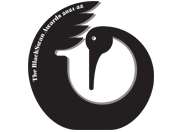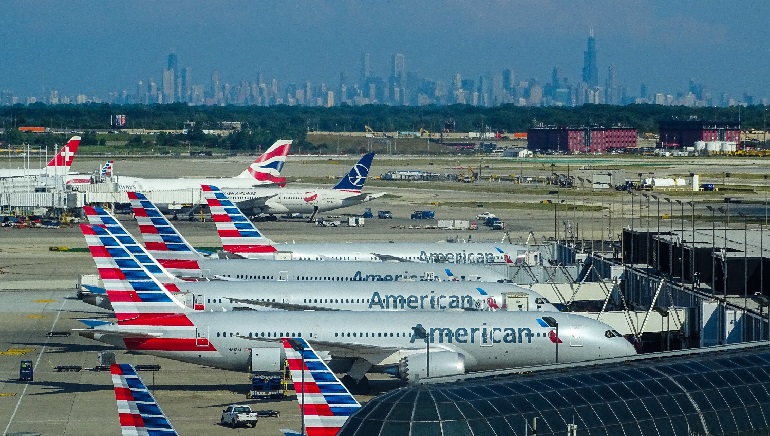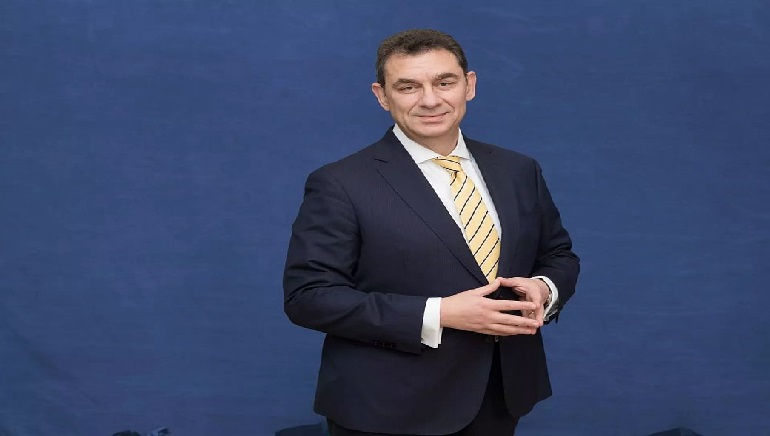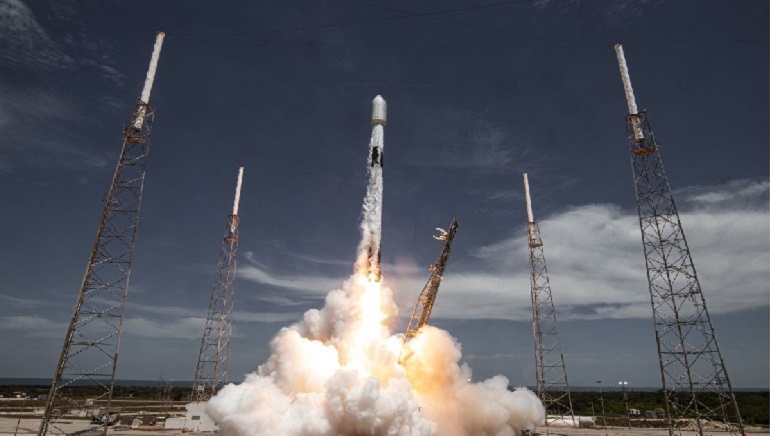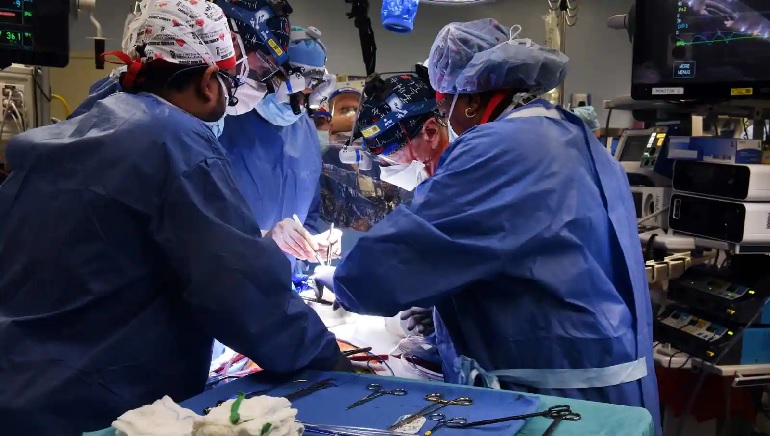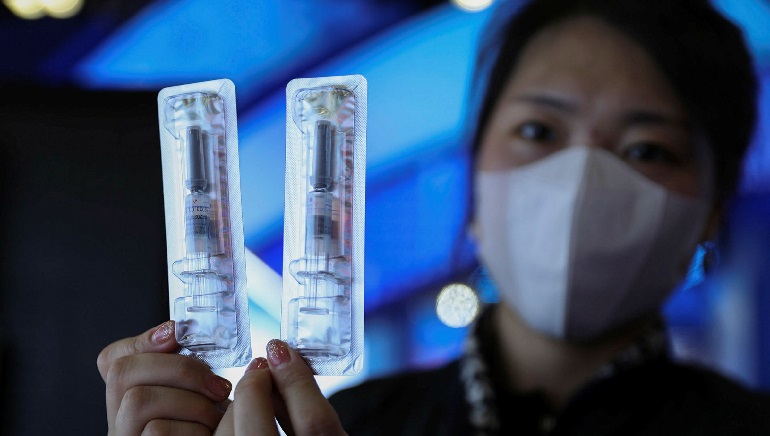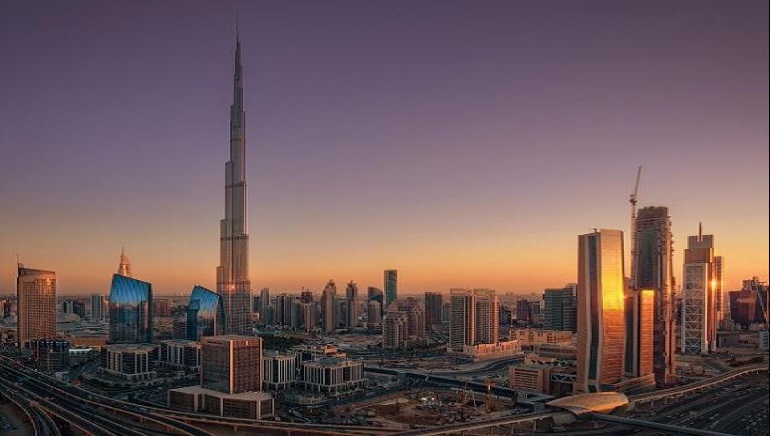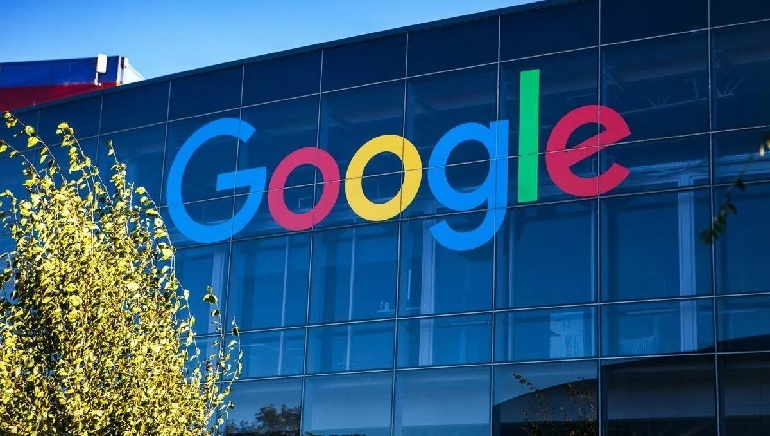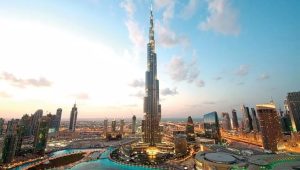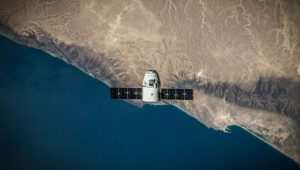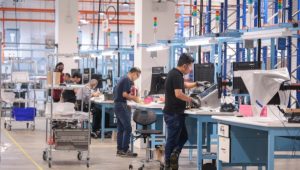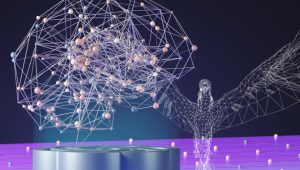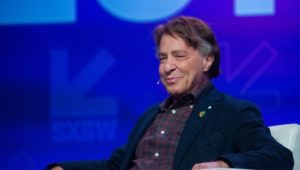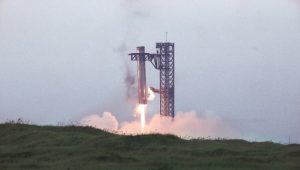5G rollout in the US throws airlines across the world into turmoil as the signals from the new 5G phone service are interfering with the airplane navigation system. Some commonly used jets like the Boring 777 are posing a risk to aircraft instruments. They will need to be under retrofitting to avoid the issue.
5G is considered as the new generation mobile internet connection with which one can download and upload data much faster. For this, the 5G services rely on greater use of radio signals.
The radiofrequency used in the US for 5G is a part of the spectrum known as C-Band. It is close to the one used by radio altimeters on airplanes. Some US 5G providers use the C-band spectrum at 3.7-3.98 GHz, close to the international aeronautical band’s 4.2-4.4 GHz.
The airline industries across the world are concerned that interference from the 5G transmission can stop the instruments from working properly and can cause safety problems while landing the aircraft.
A trade association representing major US airlines said this could lead to “catastrophic disruption”.
After last-minute conversations with government officials, AT&T and Verizon agreed to delay the switchover of hundreds of 5G cell towers near U.S. airports. The companies did not specify the length of the suspension or the area around airports.




